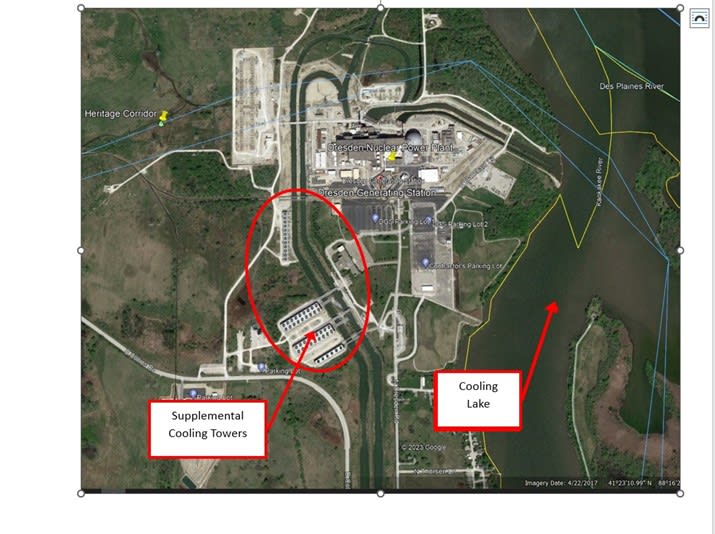Yomahuta
Mechanical
- Aug 18, 2023
- 13
I am a fresh engineer at a thermal power station, and I have noted that the range (delta of inlet and outlet temperatures of water) of cooling tower varies on different days of month i.e. sometimes the range is 3 degrees C and sometimes it is 7 degrees C. What could be the reason behind this? The condenser receives steam at almost constant 44-46 degrees C steam after last stage of turbine. But the inlet water of circulating water pump entering the condenser is different at times. Anyone can link me to any relevant doc?

